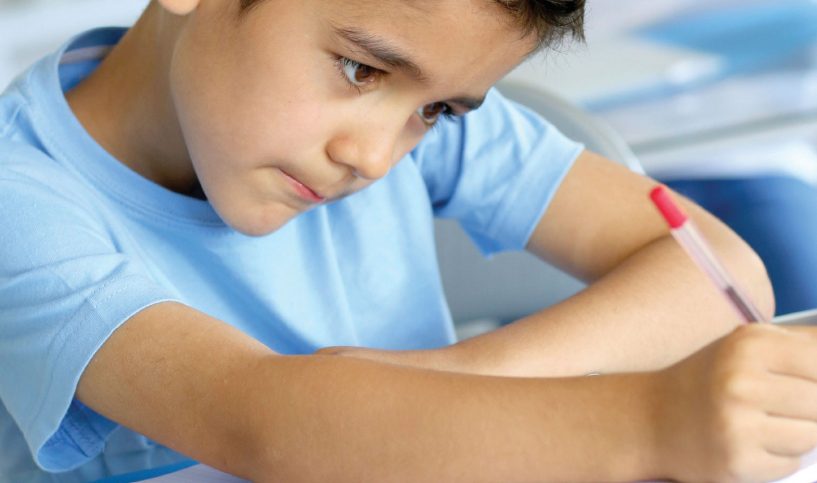One of the most important lessons we learn is that life is dynamic, ever-changing, constantly evolving. Primitive man invented the wheel and modern man took that rudimentary object and exceled it to proportions that would never have appeared in their wildest dreams; the wheels of a car and the cogs that pretty much make up the entirety of technology.
However, there comes a time when we ponder whether some things should remain unaffected by the advancement of technology at such a break neck speed. Take for example, schooling.
Who amongst us does not look back at their early years of education with a tear in their eye and a smile on their lips? Sitting in class anxiously gazing out of the window at the fun within arm’s reach yet still so distant, eagerly awaiting the ringing of the bell to signal break time, where one would run around and be as merry as can be, before the wardens took them back to their holding cells, I mean classrooms.
It is the early days of kindergarten all the way through to primary school that are most at risk in today’s world. For it is in those days that we develop our creativity. Technology seems to have dulled our creativity and made us fall addicted to its comfortable ways.
Back in those days, art was a form of expression, students were given every tool in art class to develop their creativity and have a tangible end result: the oddly shaped cups made of clay that would later be painted and glazed with glue; the balsa wood houses given further house appeal by incorporating a breakfast cereal box in the mix; the paper-mâché designs that linked the “grown up” items of newspapers and flour from the kitchen into all sorts of objects; the portraits and pictures made with paint or crayons that would hang brightly on the refrigerator door, a shining beacon of a parents pride in their child’s achievement.
Of all the activities mentioned, one stands far removed from all, and that is the ability to hold a pencil and put words to paper. The wide spaced, multi-lined books where calligraphy was practiced, letters repeated from left to right until perfection or the end of the line (whichever came first). The greatest fear was that this literacy would be at a great risk of loss, judging by how terrible handwriting would be upon return from summer vacations, where books and pencils were quickly discarded for other more favorable objects such as bicycles, footballs, basketballs, tennis rackets and the like.
Nowadays, this creativity which was essential to our childhood is threatened by the advent of the smart phone, the tablet, the laptop and all the other gadgets. Will parents have to download their children’s artwork and print it before hanging it around the house? Will their models only be viewable in AutoCAD? Will the broken French/Arabic they attempt to speak be replaced by Google Translates’ monotone voices?
Back in those days, when it came time to do research, our options were limited to three sources of information: the text books, Encarta’s Encyclopedia and our parents. Nowadays Google has completely monopolized the information market, why bother learning the capitals of countries if you can merely look it up on Google? Or even find an App that sums it all up for you.
This growingly negative phenomenon of over-reliance on technology can already be seen in the adults, where a group of friends can meet up and not speak a single word, each furiously typing away on their smart phones, liking pictures here, leaving a comment there etc. and now the younglings are following suite, with their tiny little hands already adept at typing at an incredible pace.
Can the advancement of technology be properly integrated into the educational system so as not to churn out students that lack creativity or are forever gazing down into their laps at the smart phones they use that dictate how they lead their lives?
A balance needs to be struck between technology and creativity, as technology’s role is undeniable, however it should not be a substitute for proper entertainment.











